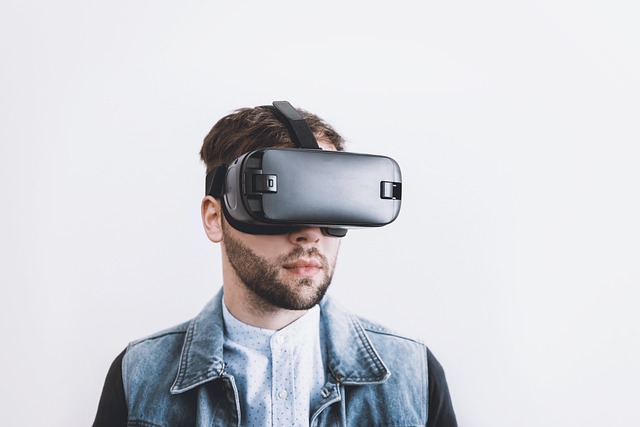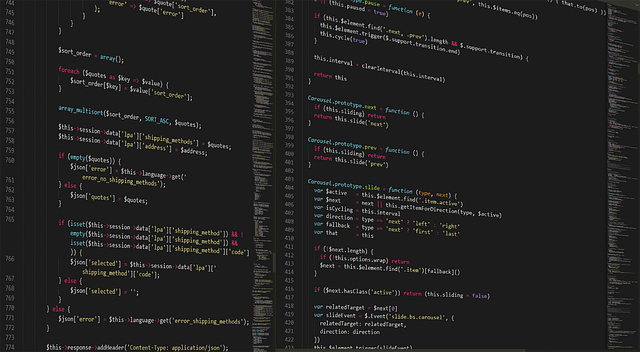Diving Deep into Simulations: A Platform Perspective
In today’s rapidly evolving technological landscape, simulations have emerged as an indispensable tool across various industries. Whether it’s training pilots, testing new software, or exploring scientific phenomena, simulations provide a safe and cost-effective method to replicate real-world scenarios without the associated risks. But beyond just the application of simulations lies the powerful platforms that house, execute, and scale these virtual experiences.
The Backbone of Effective Simulations: The Platform
Imagine trying to run a complex simulation on an outdated or rigid system. The performance bottlenecks, limited scalability, and lack of compatibility issues quickly turn an innovative idea into a frustrating experience. This underscores the importance of the underlying platform. A robust, intuitive, and flexible platform acts as the stage where simulations come to life, allowing creators to build, modify, and share immersive worlds seamlessly.
Modern simulation platforms focus not just on raw computing power but also on aspects such as real-time data integration, collaborative environments, and cloud-based scalability. These elements enable users to push boundaries, test edge cases, and iterate rapidly, fostering innovation and deeper understanding.
Bridging the Gap Between Reality and Virtuality
One of the most exciting feelings that simulations evoke is the sense of immersion—a bridge between the tangible and intangible. On a well-designed platform, simulations transcend static models, inviting users to engage, experiment, and learn actively. This experience resonates deeply because it mirrors human curiosity and the drive to explore without limitations.
Platforms that facilitate simulations encourage such explorative mindsets by offering customizable interfaces, plug-and-play modules, and comprehensive analytics. This combination ensures that users—from novices to experts—can adapt the simulation experience to fit their unique needs and objectives.
Collaborative Horizons in Simulation Platforms
Another compelling aspect of modern simulation platforms is their emphasis on collaboration. No great discovery or innovation happens in isolation, and simulation environments now reflect that truth. Cloud-enabled platforms allow diverse teams across the globe to co-create, test hypotheses, and refine solutions in real-time.
This collective approach not only accelerates the simulation development cycle but also enriches the depth and realism of the simulations themselves. Different perspectives converge, leading to more comprehensive and nuanced virtual experiences.
Looking Forward: The Future of Simulations on Platforms
As technology marches forward, simulations will become even more sophisticated, powered by advances in artificial intelligence, machine learning, and immersive technologies like virtual and augmented reality. Platforms will evolve to support these advancements, becoming more adaptive, intelligent, and user-centric.
For those engaged in fields relying on simulations—or anyone fascinated by the potential to explore “what if” scenarios safely and realistically—the platform perspective is crucial. It not only shapes how simulations are created and experienced today but also sets the stage for endless possibilities tomorrow.



